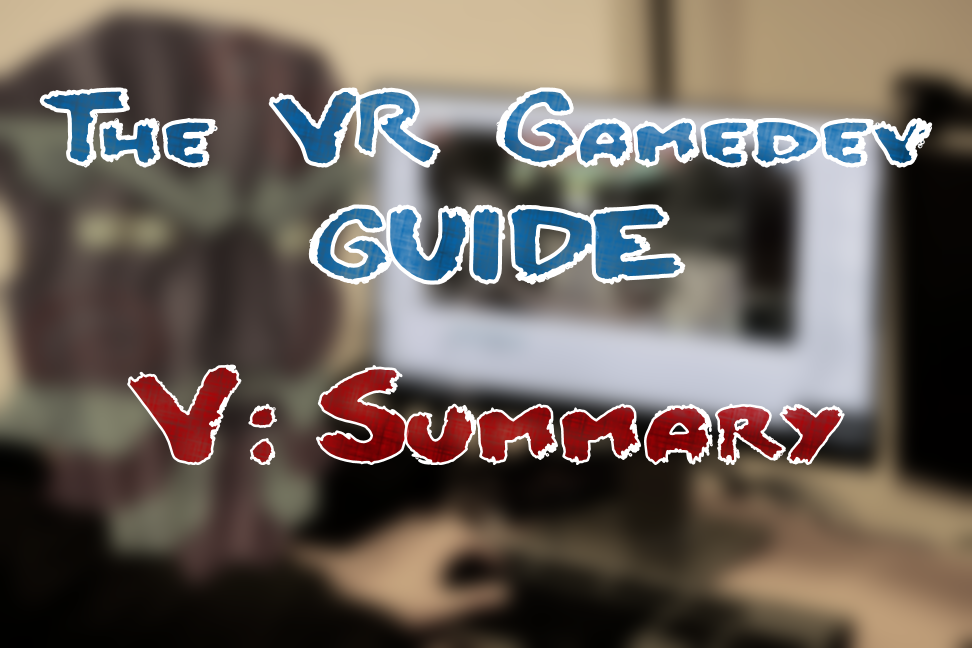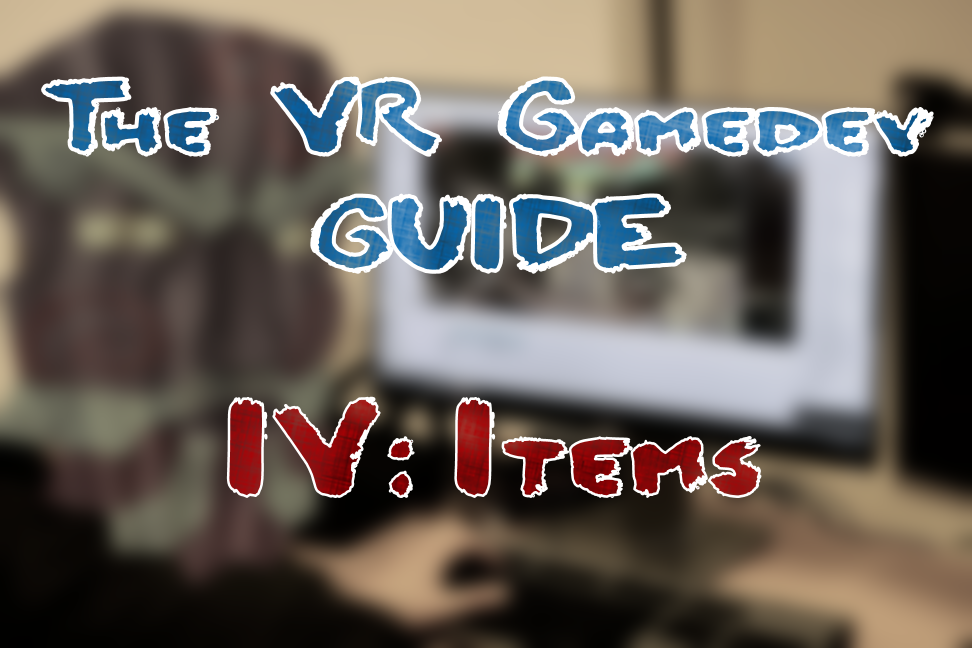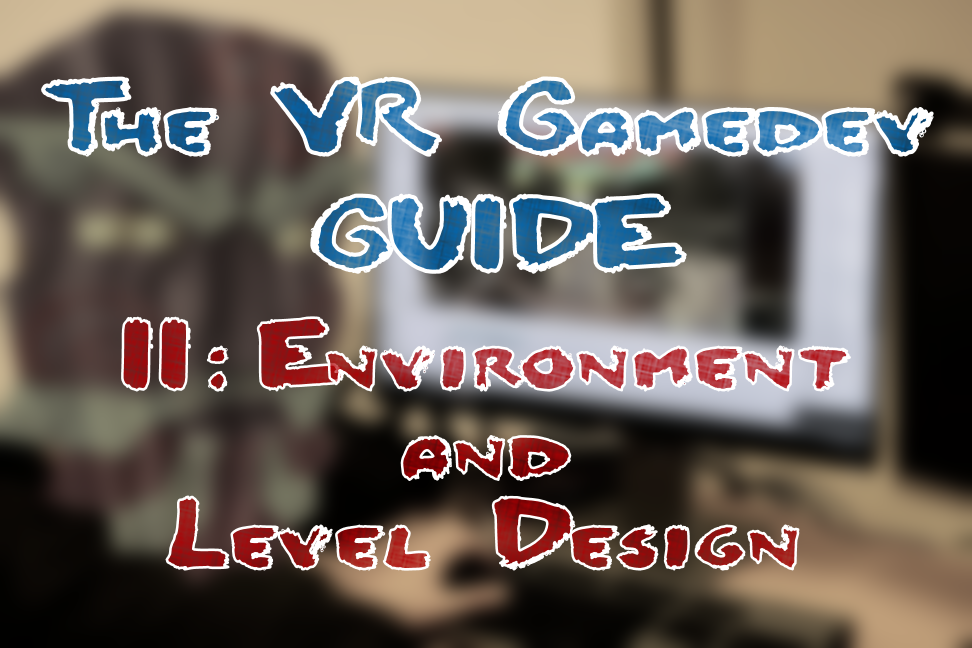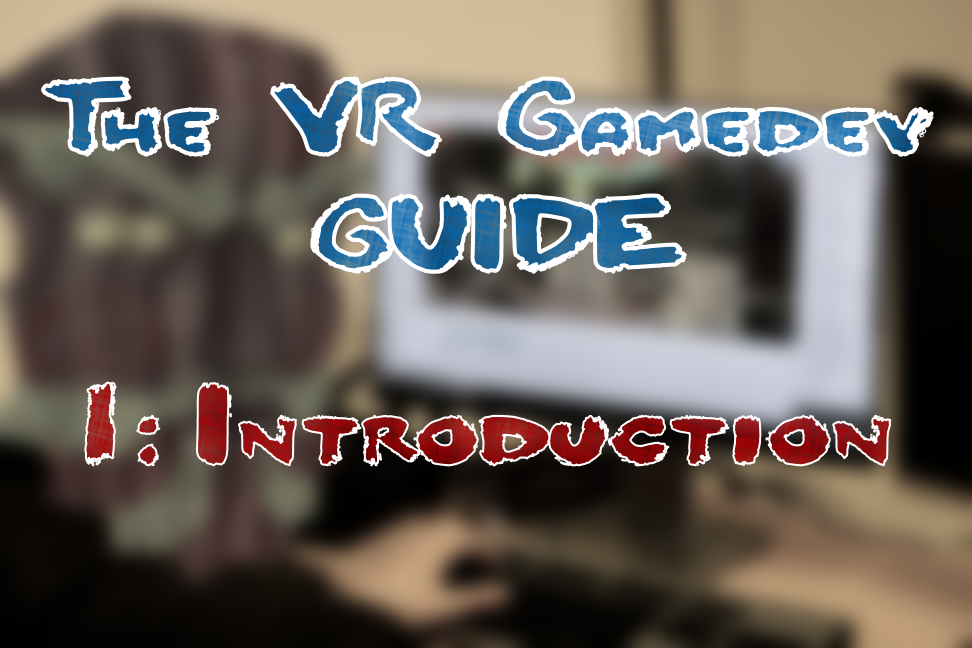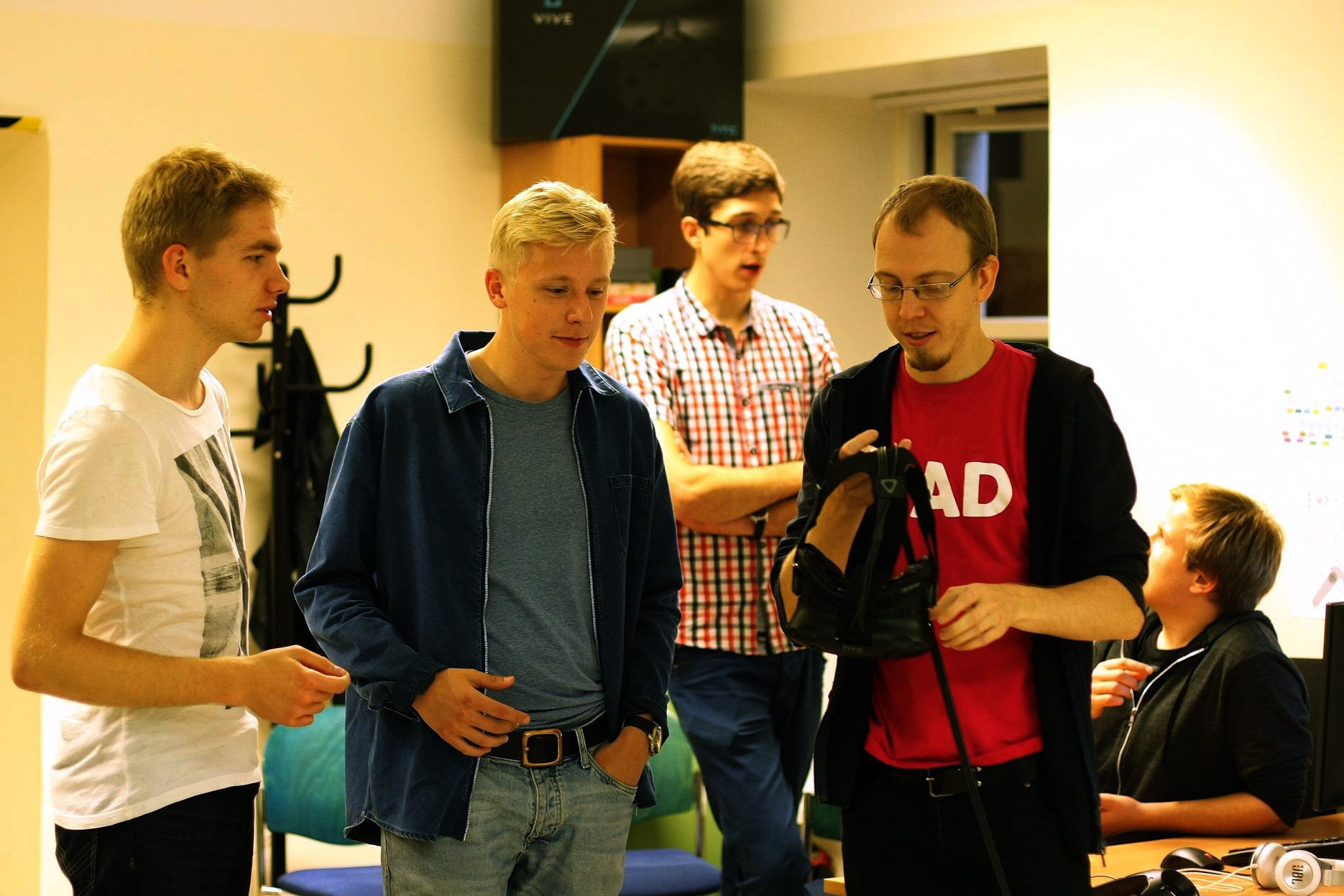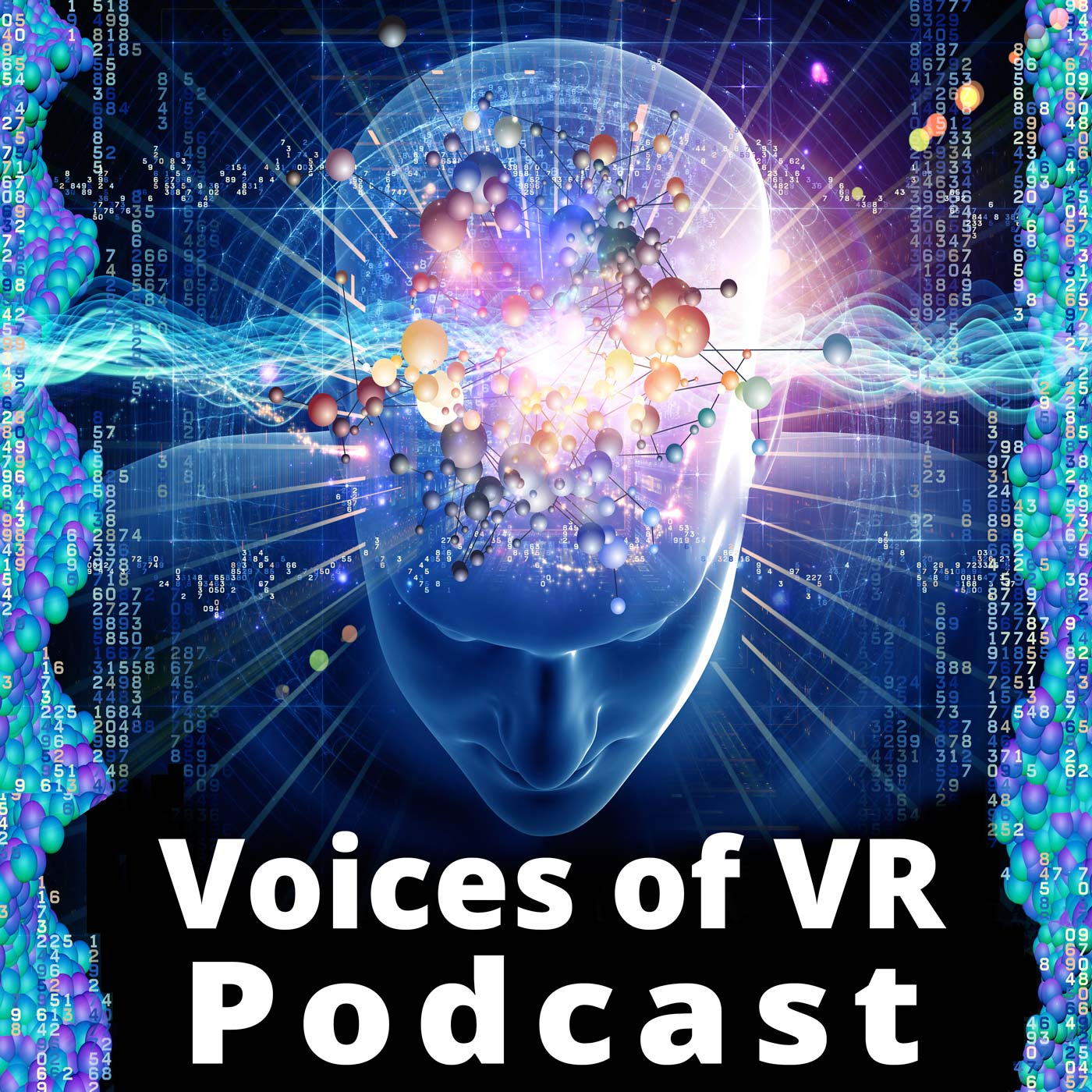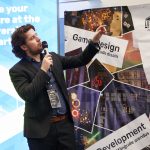Virtual Reality Game Design. Part 5: Summary
In this article series we presented a game design analysis for virtual reality game developers by investigating certain game aspects of a virtual reality game Tribocalypse VR. The given analysis was made possible due to the prior development of Tribocalypse VR by the author and the development team for 6 months. The aspects analysed were level […]

